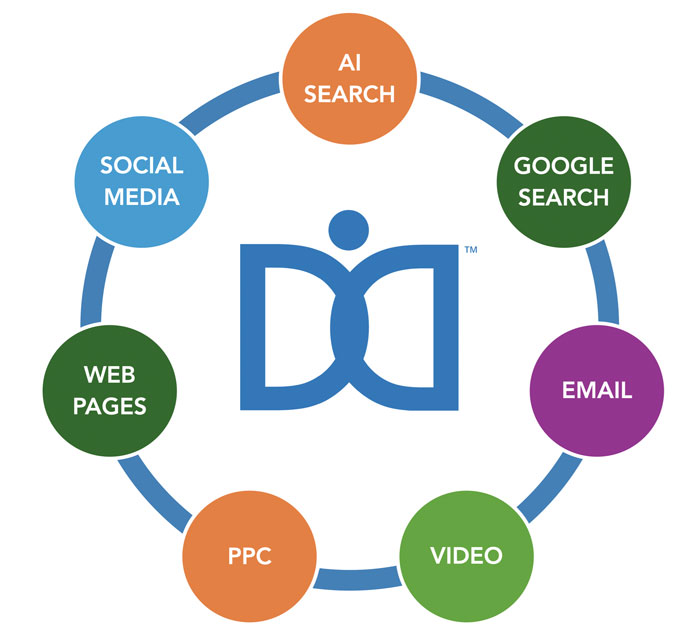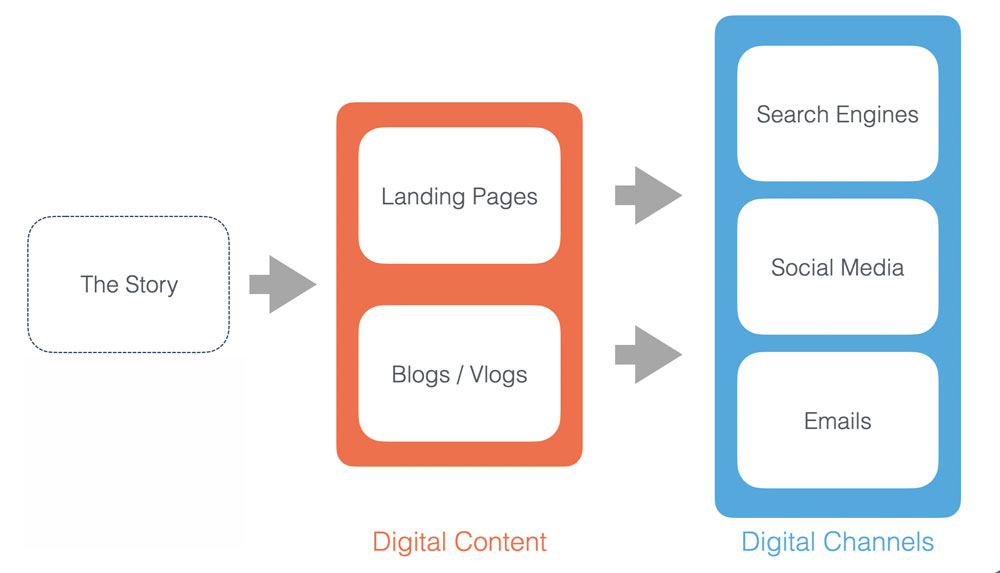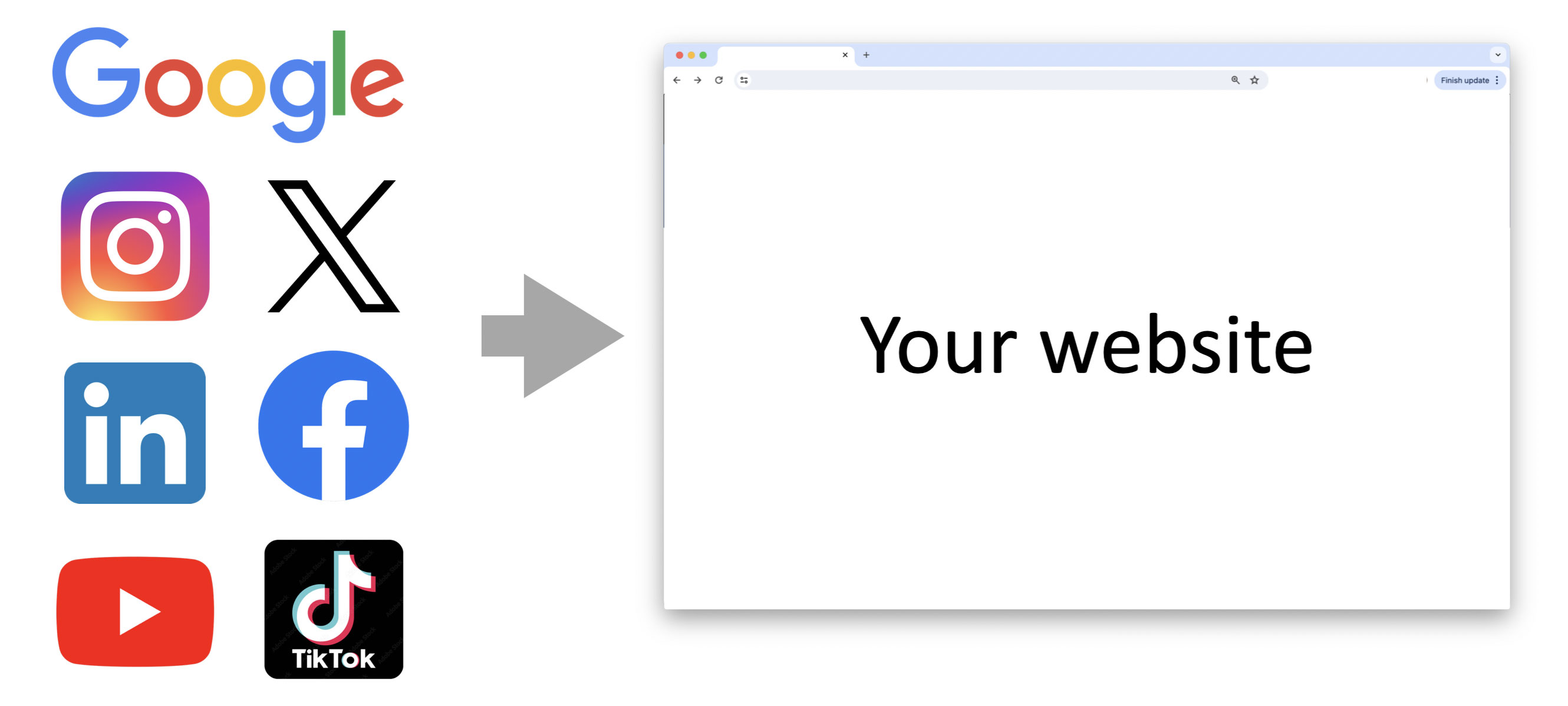How to Create a Unified Brand Message Across Channels
Integrated marketing is more than a buzzword—it’s a strategic approach that can transform how your business communicates with its audience. By aligning all marketing channels and tactics to deliver a cohesive and unified brand message, integrated marketing ensures that every touchpoint resonates with your target audience and supports your business goals. Whether you’re a small business owner, a marketer, or an HR professional, mastering integrated marketing can enhance your brand’s visibility and effectiveness. Here’s how to create a unified brand message across channels, drawing on proven strategies and tools like Intensify Digital.

What is Integrated Marketing?
Integrated marketing combines various marketing channels—such as social media, email, websites, and even traditional media—to create a seamless brand experience. The goal is to ensure that all marketing activities work together to tell a consistent story, reinforcing your brand’s identity and values. Key aspects of integrated marketing include cross-channel synchronization, audience insights, comprehensive planning, and measurable results. This approach not only amplifies your message but also builds trust with your audience by delivering a unified experience.

Why Cross-Channel Synchronization Matters
One of the cornerstones of integrated marketing is cross-channel synchronization. This means ensuring that your messaging, visuals, and tone are consistent across all platforms, from Instagram posts to email campaigns. For example, if you’re promoting a new HR service, your LinkedIn post, website landing page, and email newsletter should all use similar language, imagery, and calls-to-action (CTAs). Synchronized content reinforces your narrative and maximizes engagement, satisfying search algorithms and expanding your digital footprint.
To achieve this, start by defining your brand’s core message. What problem does your business solve? What values do you stand for? Once you have a clear message, create a style guide that outlines your brand’s tone, colors, fonts, and key phrases. Tools like Intensify Digital can streamline this process by managing content release across multiple channels, ensuring consistency and saving time.

Leveraging Audience Insights
Understanding your audience is critical to crafting a message that resonates. Integrated marketing relies on audience insights to tailor strategies that engage and retain customers. Analyze audience behavior and preferences to create targeted campaigns. For instance, if you’re selling HR services, you might find that small business owners are most concerned about compliance and retention. Use this insight to craft posts that address these pain points, such as “Avoid costly compliance fines with our HR audits.”
To gather audience insights, use analytics tools like Google Analytics or social media platforms’ native insights. Intensify Digital also offers features to share content with user teams (pods), enabling rapid distribution and engagement. By understanding what your audience values, you can create messages that feel personal and relevant, increasing the likelihood of conversion.
Comprehensive Planning for Success
A successful integrated marketing strategy requires a detailed plan. This plan should include specific strategies for each channel, a timeline for campaigns, and clear KPIs to measure success. For example, if your goal is to increase website traffic by 20%, your plan might include a mix of SEO-optimized blog posts, targeted PPC ads, and social media campaigns.
Start by mapping out your customer journey. Identify the touchpoints where your audience interacts with your brand—awareness, consideration, and decision stages. Then, create content tailored to each stage. For awareness, share educational posts on social media. For consideration, offer case studies or testimonials. For decision, use strong CTAs like “Book a free consultation today.” Intensify Digital’s task management and content release features can help you schedule and track these campaigns, ensuring nothing falls through the cracks.
Measuring and Optimizing Results
Integrated marketing isn’t just about creating content—it’s about delivering measurable results. Key metrics to monitor include engagement rates (likes, shares, comments), conversion rates, and return on ad spend (ROAS). By analyzing these metrics, you can identify what’s working and what needs adjustment.
For example, if your email campaign has a low open rate, test different subject lines or send times. If a social media post drives high engagement, replicate its format in future posts. Intensify Digital’s platform allows you to track campaign performance and share content with pod members for maximum reach, making it easier to optimize based on data-driven insights.
Practical Tips for Implementation
- Define Your Brand Voice: Create a consistent tone and style that reflects your brand’s personality.
- Use a Centralized Platform: Tools like Intensify Digital simplify content management and distribution across channels.
- Create a Content Calendar: Plan campaigns in advance to ensure synchronized releases.
- Engage Your Audience: Use polls, questions, or user-generated content to boost interaction.
- Test and Refine: Continuously analyze performance and adjust your strategy to improve results.
Conclusion
Mastering integrated marketing is about creating a unified brand message that resonates across all channels. By focusing on cross-channel synchronization, leveraging audience insights, planning comprehensively, and measuring results, you can build a cohesive strategy that drives engagement and conversions. Platforms like Intensify Digital make this process easier by streamlining content management and team collaboration. Start today by defining your brand’s message and aligning your channels—your audience will thank you for the seamless experience.
